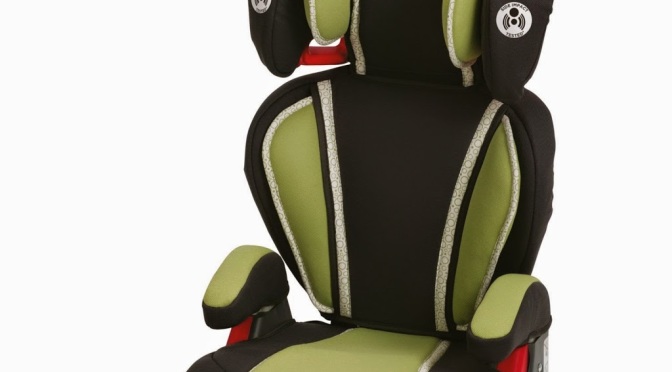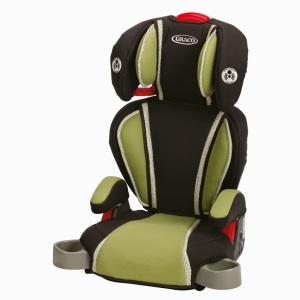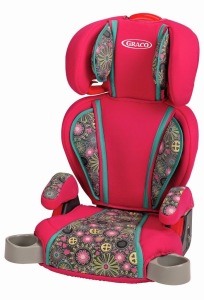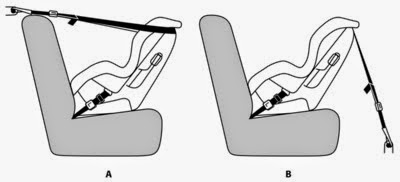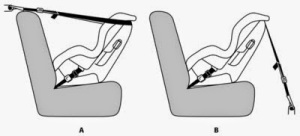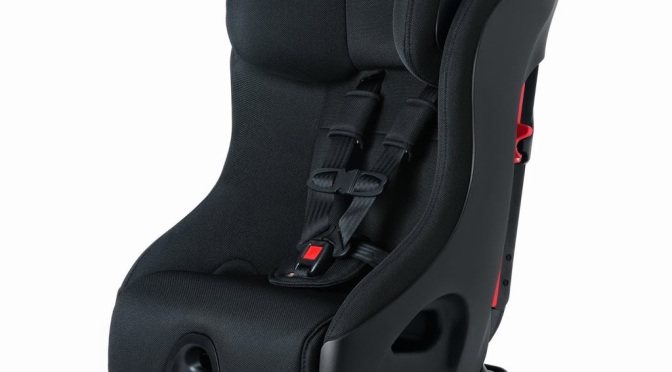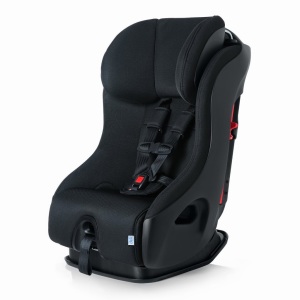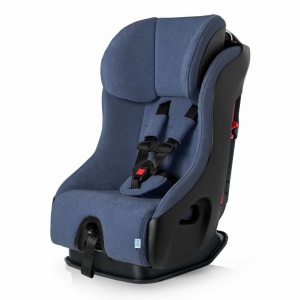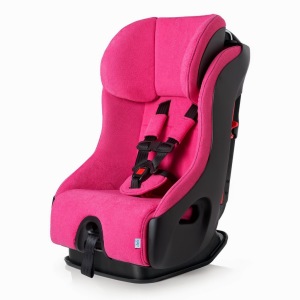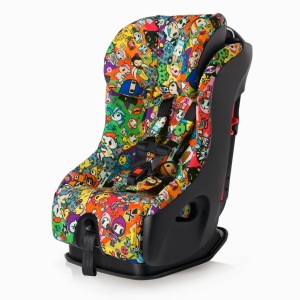The Toyota Sienna is one of the most popular minivans sold in the United States, competing directly with the Honda Odyssey, Chrysler Pacifica, and Kia Sedona among families interested in safe and reliable transportation for several little ones. These minivans are as good as it gets, and a significant level in quality and car-seat friendliness above the Nissan Quest, Grand Caravan and Town & Country, which is reflected in their increased prices. I borrowed a few Siennas to see how they did when it came to car seat installations and puzzling configurations. The good news is that you can do a lot with a Sienna. The bad news is that the new generation was a step backwards in flexibility compared to the prior generation, and it took Toyota several years to address this.
Before discussing which seats did and didn’t work, it’s always worth reviewing which car seats should be used in which configurations and for how long. For me, everything starts with rear-facing; I recommend rear-facing infants, toddlers, and preschoolers in infant and convertible seats as long as possible (ideally until 4!), and then forward-facing elementary-aged children in combination or forward-facing harnessed seats (at least until 4), and then using booster seats until a regular seat belt fits the child (which typically happens between 10 and 12). The goal here is to keep children as safely restrained as possible for as long as possible.
However, for this information to be helpful, you need to know if a particular car seat will fit in your particular vehicle. Here are my experiences fitting a range of seats inside various years of the Toyota Sienna. I’ll periodically update each page as I try more seats in more positions.
You can access the complete 3 across guide for every vehicle here and the complete list of recommended seats here. Canadian recommended car seats are here. 3 across car seat images are courtesy of Wikipedia.
2011, 2012, 2013, 2014, 2015, 2016, 2017, 2018 Toyota Sienna (XL30)
Guaranteed 3 across installations:
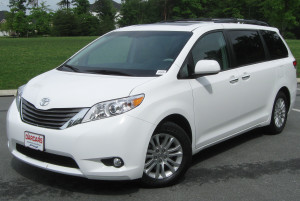 Clek Fllo (x3).
Clek Fllo (x3).
2nd row – Clek Foonf (x3).
2nd row – Diono Radian R120 / RXT, Diono Rainier, Diono Radian R120 / RXT.
2nd row – Diono Radian R120 / RXT, Diono Pacifica, Diono Radian R120 / RXT.
2nd row – Diono Radian R120 / RXT, Diono Olympia, Diono Radian R120 / RXT.
2nd row – Diono Monterey, Combi Coccoro, Diono Radian R120 / RXT.
2nd row – Diono Monterey, Graco MySize 65, Diono Radian R120 / RXT.
3rd row – Diono Radian R120 / RXT (x3).
3rd row – Graco Contender (x3).
3rd row – Diono Radian R120 / RXT, Graco MyRide 65, Diono Radian R120 / RXT.
3rd row – Britax Parkway SGL, Britax Frontier 90, Diono Radian R120 / RXT.
3rd row – Diono Radian R120 / RXT, Britax Frontier 90, Graco Size4Me 65.
3rd row – Diono Radian R120 / RXT, Britax Frontier 90, Graco TurboBooster.
3rd row – Evenflo Amp, Graco MyRide 65, Graco Affix.
3rd row – Harmony Youth Booster, Graco MyRide 65, Graco Affix.
Tips and Tricks:
The current generation of Sienna is 200 inches long and 78 inches wide, which means it is the same length as the prior generation and ever so slightly wider (by 1 inch). This is a generous amount of space for most installations. However, there are fewer top tethers available for secure forward-facing installations compared to the previous generation, which is a significant drawback.
2004, 2005, 2006, 2007, 2008, 2009, 2010 Toyota Sienna (XL20)
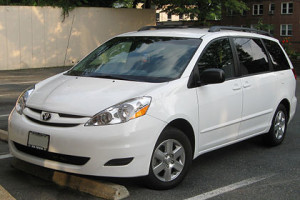 Guaranteed 3 across installations:
Guaranteed 3 across installations:
Clek Fllo (x3).
Clek Foonf (x3).
Diono Radian R120 / RXT, Diono Rainier, Diono Radian R120 / RXT.
Diono Radian R120 / RXT, Diono Olympia, Diono Radian R120 / RXT.
Britax Boulevard / Marathon, Britax Pioneer 70, Graco Snugride 35.
Britax Boulevard / Marathon, Britax Frontier 90, Graco Snugride 35.
Diono Radian R120 / RXT (x3).
This generation of Sienna is 200 inches long and 77 inches wide, which means there is a generous amount of space for most installations. It’s also my favorite generation given the large number of tethers for forward-facing scattered throughout the van (remember, it’s important to tether your forward-facing seats).
When installing a Pioneer or Frontier in a center position, it is important to route the tether between the posts of the headrest. If not, the tether will slide left or right off the seat’s sides.
1998, 1999, 2000, 2001, 2002, 2003 Toyota Sienna (XL10)
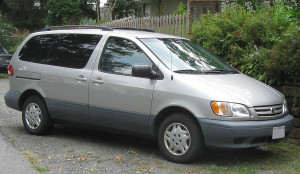 Guaranteed 3 across installations:
Guaranteed 3 across installations:
Clek Fllo (x3).
Clek Foonf (x3).
Graco Size4Me 65 (x3).
Graco Snugride 35 (x3).
Chicco KeyFit 30 (x3).
Diono Radian R120 / RXT (x3).
The initial generation of the Sienna is 191-194 inches long, depending on whether you have a pre-2001 or 2001 or later model and 73 inches wide, which means you’re going to have to think a bit more about 3 across installations than you would with any other version of the Sienna. That said, it’s about the width and length of a mid-sized car, which means it’s definitely possible to stuff a range of car seats inside it. All of these installations apply only to the 3rd row, since only captain’s chairs were available for the 2nd row of the Sienna in this generation. Use your seat belts and take your time and you’ll be fine.
 If you find my information on best practices in car and car seat safety helpful, you can do your shopping through this Amazon link. Canadians can shop here for Canadian purchases. Have a question or want to discuss best practices? Join us in the forums!
If you find my information on best practices in car and car seat safety helpful, you can do your shopping through this Amazon link. Canadians can shop here for Canadian purchases. Have a question or want to discuss best practices? Join us in the forums!

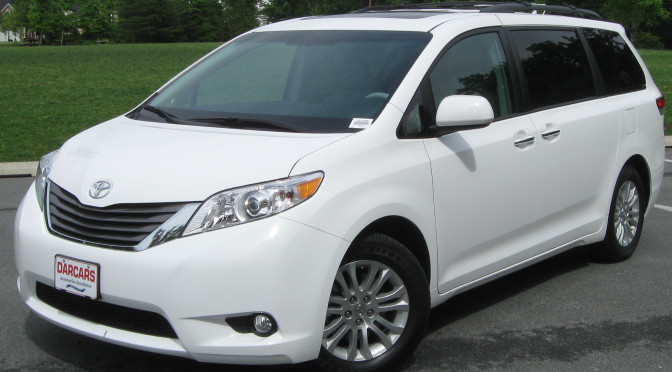
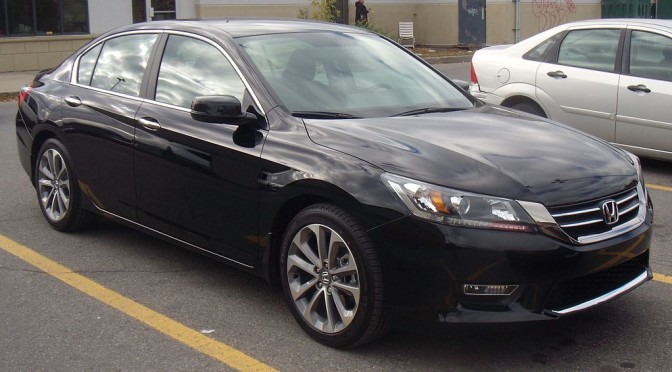
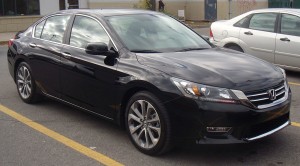 2013, 2014, 2015, 2016, 2017 Honda Accord
2013, 2014, 2015, 2016, 2017 Honda Accord
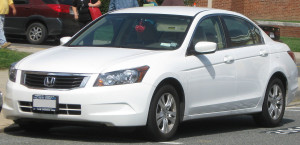 2008, 2009, 2010, 2011, 2012 Honda Accord
2008, 2009, 2010, 2011, 2012 Honda Accord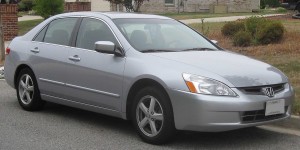 2003, 2004, 2005, 2006, 2007 Honda Accord
2003, 2004, 2005, 2006, 2007 Honda Accord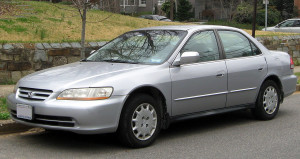 1996, 1997, 1998, 1999, 2000, 2001, 2002 Honda Accord
1996, 1997, 1998, 1999, 2000, 2001, 2002 Honda Accord